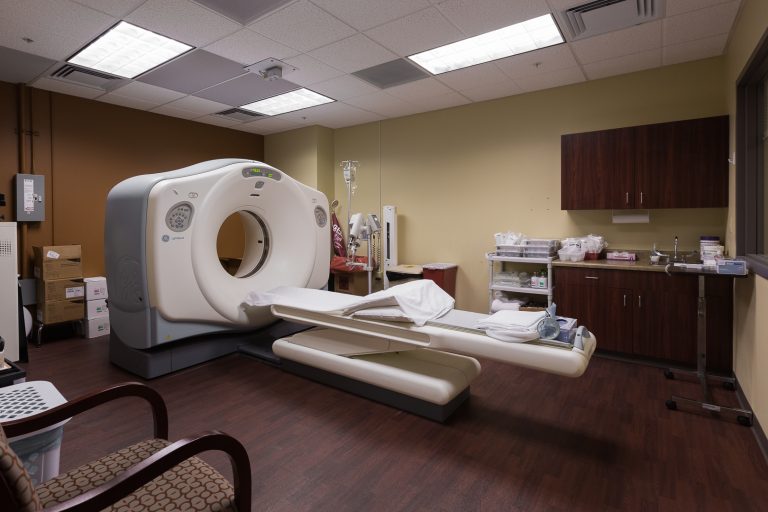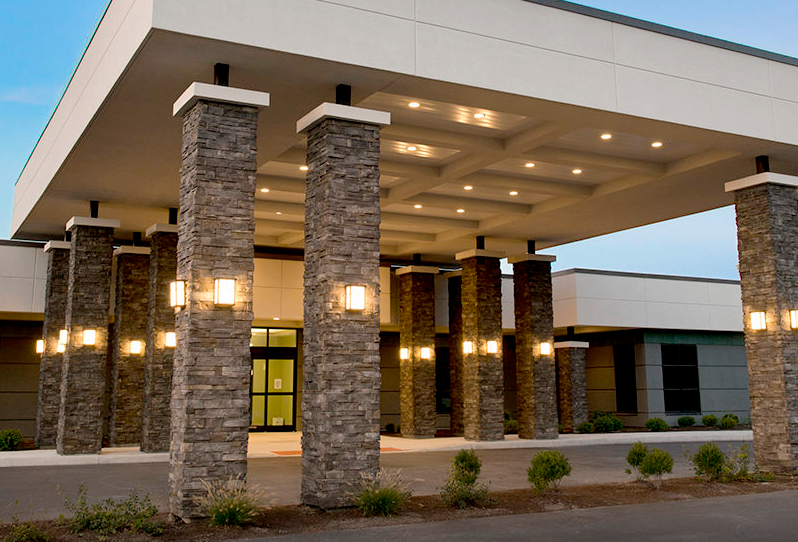Our Blog
Why Are Low-Dose CT Scans Becoming the Standard for Preventive Lung Screening?

Lung cancer remains one of the deadliest cancers in the United States, but early detection dramatically improves survival rates. Traditionally, chest X-rays were used for screening, but research shows they often miss small or early-stage cancers. Today, low-dose CT (LDCT) scans have emerged as the gold standard for preventive lung screening. For residents in Buffalo and Western New York, Great Lakes Medical Imaging (GLMI) offers state-of-the-art LDCT technology that provides clearer results with minimal radiation exposure.
What Is a Low-Dose CT Scan?
A low-dose CT scan uses X-ray technology to create detailed cross-sectional images of the lungs, but at a significantly lower radiation dose compared to traditional CT scans. The scan is quick, non-invasive, and does not require contrast dye. It’s currently the most effective method for detecting lung cancer in its earliest stages—when treatment is most successful.
Why Early Detection Matters
Lung cancer often doesn’t cause noticeable symptoms until it’s advanced, making preventive screening crucial. Detecting tumors when they are still small and localized allows for more treatment options and significantly improves five-year survival rates. According to the U.S. Preventive Services Task Force, annual LDCT screening can reduce lung cancer mortality by up to 20% in high-risk populations.
Who Should Get Low-Dose CT Screening?
The U.S. Preventive Services Task Force recommends annual LDCT screening for individuals who:
- Are between 50 and 80 years old
- Have a 20 pack-year or greater smoking history (e.g., one pack a day for 20 years or two packs a day for 10 years)
- Currently smoke or have quit within the past 15 years
Even if you’ve quit smoking, screening may still be beneficial, as former smokers remain at elevated risk for years after quitting. Individuals with occupational exposure to asbestos or other lung irritants should also discuss LDCT with their doctor.
Advantages of Low-Dose CT Over Chest X-Rays
While chest X-rays have been used for decades, they are less sensitive in detecting small nodules or early-stage cancers. Low-dose CT offers several key advantages:
- Greater sensitivity: Detects cancers too small to be seen on X-ray
- Lower radiation: Delivers about 90% less radiation than a standard diagnostic CT
- Quick and non-invasive: The scan takes only minutes and requires no preparation
- Improved outcomes: Increases chances of detecting lung cancer at a treatable stage
Why Low-Dose CT Is Becoming the Standard
Major medical organizations, including the American Cancer Society and the U.S. Preventive Services Task Force, now endorse LDCT as the preferred method for lung cancer screening. It has proven more effective than X-rays in clinical trials and is widely available at accredited imaging centers like GLMI.
Insurance, including Medicare, generally covers LDCT screening for individuals who meet risk criteria, making it an accessible option for eligible patients in Buffalo and across Western NY.
Low-Dose CT Scans at GLMI
GLMI’s low-dose CT technology combines accuracy with patient safety. Our radiologists are experienced in lung cancer screening and work closely with referring physicians to ensure clear communication of results. Benefits of choosing GLMI include:
- Multiple convenient outpatient locations in Williamsville, Cheektowaga, Orchard Park, and Cambria
- Faster scheduling and shorter wait times compared to hospital-based screening
- Low-dose protocols designed to minimize radiation exposure without compromising image quality
- Comprehensive imaging services to follow up on findings, including PET/CT scans and ultrasound
What to Expect During the Screening
The LDCT process is straightforward. You will lie on a table that moves through a doughnut-shaped scanner while holding your breath for a few seconds. The entire exam usually takes less than 10 minutes, and you can return to your normal activities immediately afterward. Results are interpreted by board-certified radiologists and sent to your physician for follow-up.
Integrating LDCT into Preventive Care
Lung screening should complement—not replace—other preventive measures. Quitting smoking, maintaining a healthy lifestyle, and managing chronic conditions like COPD or asthma are also essential in reducing lung cancer risk. Your physician can help determine an appropriate screening schedule and follow-up plan based on your health profile.
Schedule Your Low-Dose CT Screening in Buffalo
If you meet the criteria for lung cancer screening or have concerns about your lung health, schedule a low-dose CT scan at GLMI today. Our team is committed to providing accurate, patient-focused care to support early detection and long-term wellness.
Medical Disclaimer: This article is for informational purposes only and should not replace professional medical advice. Always consult your healthcare provider to determine whether lung cancer screening is right for you.
‹ Back









